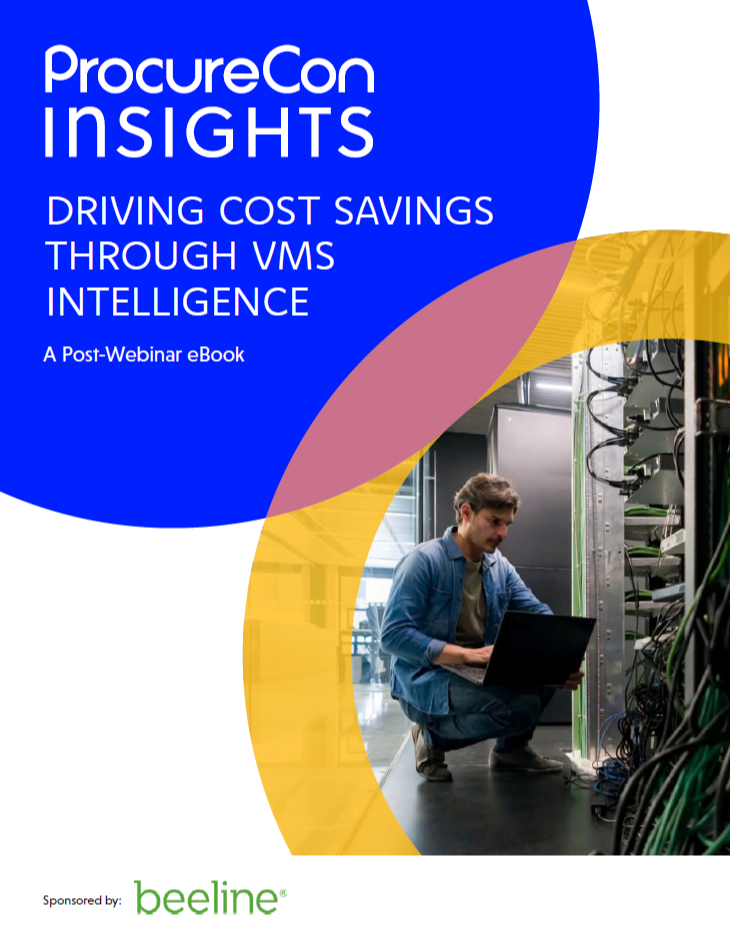Whitepaper & Video Center

Driving Cost Savings through VMS Intelligence
As businesses expand their reliance on contingent talent to stay agile and innovative, controlling workforce spending extends beyond traditional cost containment. Today, effective vendor and rate management is a strategic value driver that can make the business more effective. This eBook reveals the key points made during a webinar by Beeline and ProcureCon Contingent Staffing. The webinar explored how forward-thinking organizations are harnessing the full power of Vendor Management System (VMS) technology to not only track and control costs but also enhance agility, compliance, and overall workforce performance.

Revolutionizing Recruitment: How AI Technology is Transforming Talent Acquisition Report
Artificial Intelligence (AI) is revolutionizing the recruitment process, offering unprecedented efficiency and fairness in talent acquisition. This report is based on a webinar by Braintrust and WBR Insights exploring the future of AI in recruitment. Here, readers will learn how using AI in recruiting not only saves valuable resources but fundamentally improves processes and outcomes for recruiters and candidates alike.

Embracing Tomorrow’s Workers: The Rise of Independent Contractors
Independent contractors (1099 workers, freelancers) are becoming an increasingly popular choice for acquiring talent among companies of all sizes, but especially small-and-midsized businesses (SMBs). These self-employed workers offer flexibility, specialized skill sets, and cost-effective solutions that traditional employees cannot always provide. This report is based on a survey of 300 leaders from companies in a variety of industries. Researchers asked the leaders key questions about how their companies are currently managing independent contractors, what systems they use to manage those contractors, and what challenges they’ve faced in the process

Getting Strategic About the Extended Workforce: A Real-World View from Today’s Procurement Leaders
The global workforce is not simply growing; it is also growing in complexity. Many organizations now supplement their full-time workforces with contingent employees, consultants, remote workers and agile workforce resources, sometimes across borders and continents. To shed light on the thinking and the effort behind today’s organizational strategies, this report takes a measured, three-part look at business perspectives and practices related to workforce procurement. Areas of focus include the current state of the workforce and its challenges, the path forward, and the priorities for transformation.


































